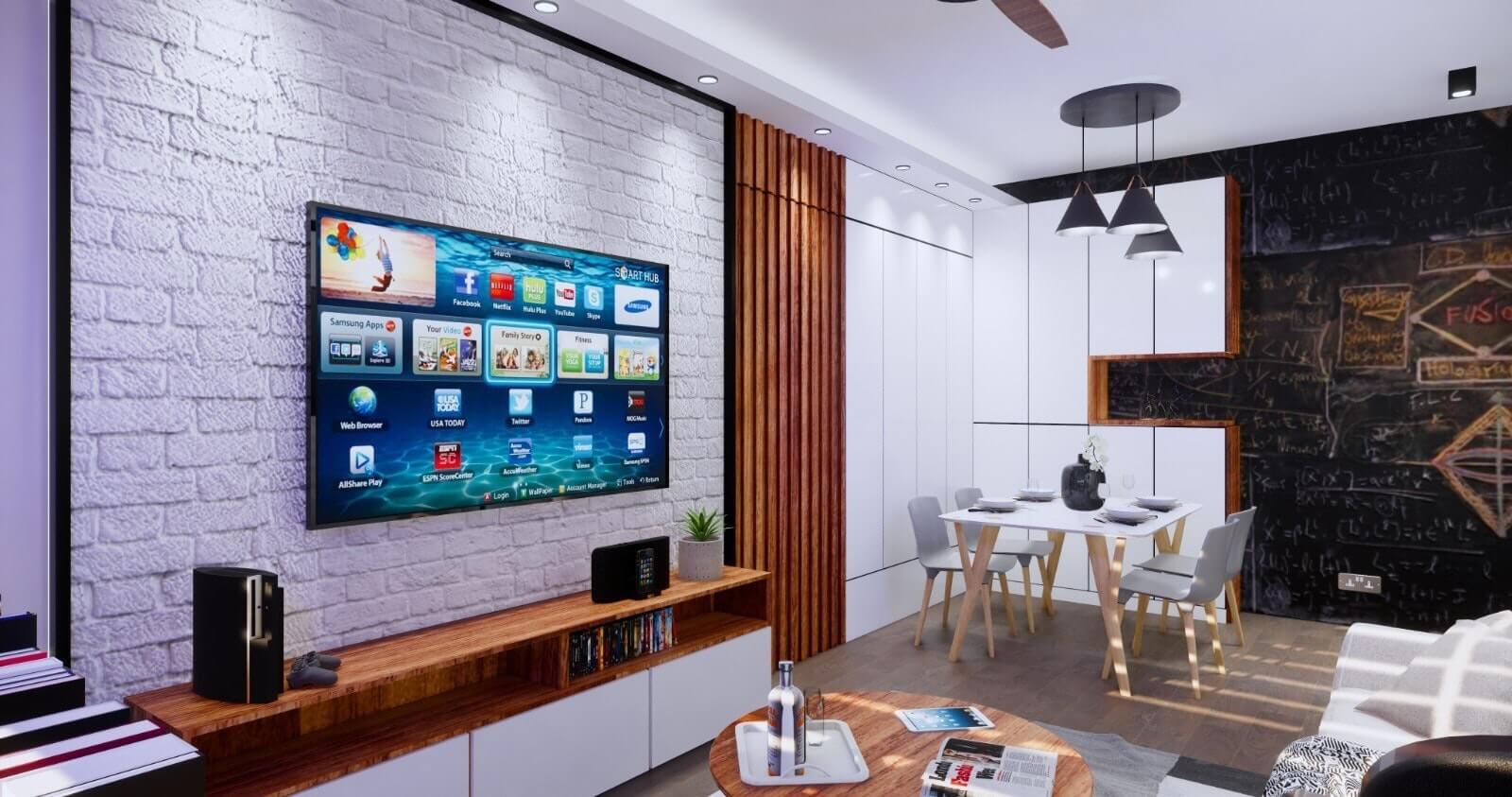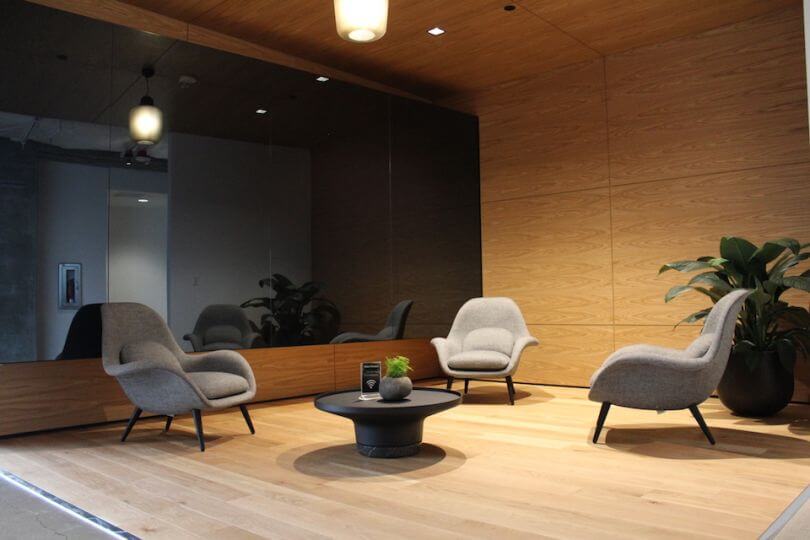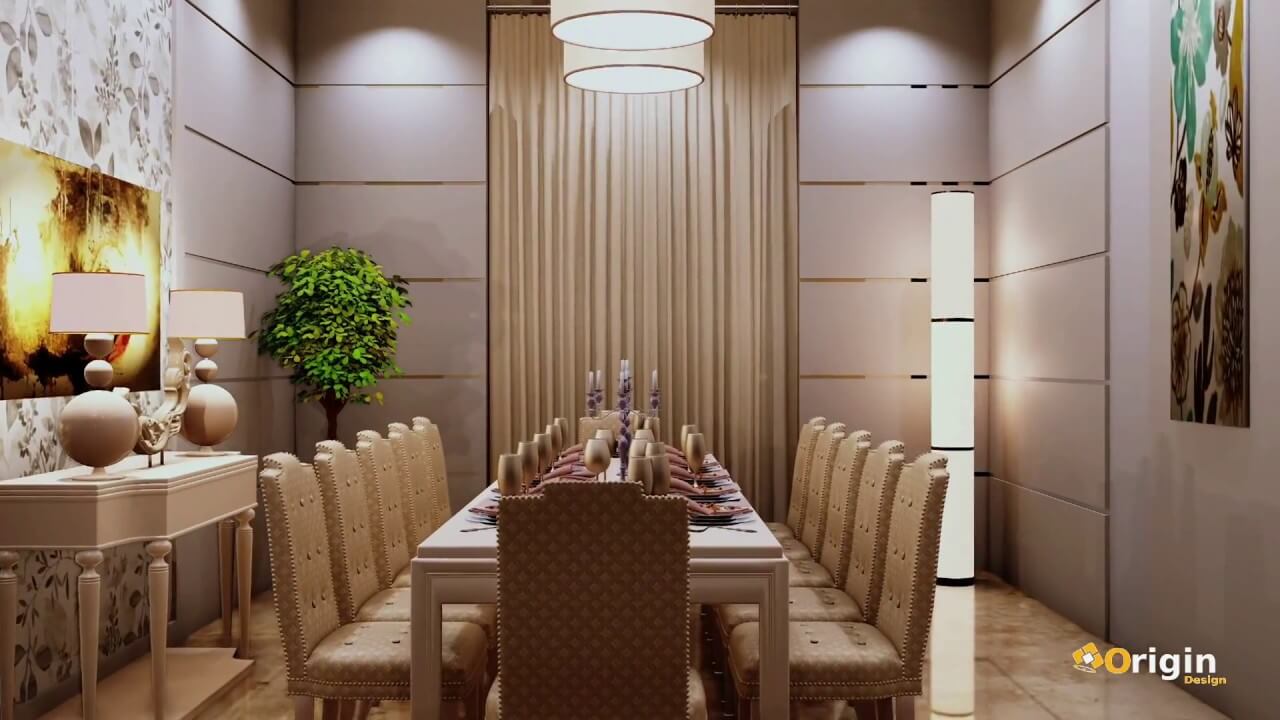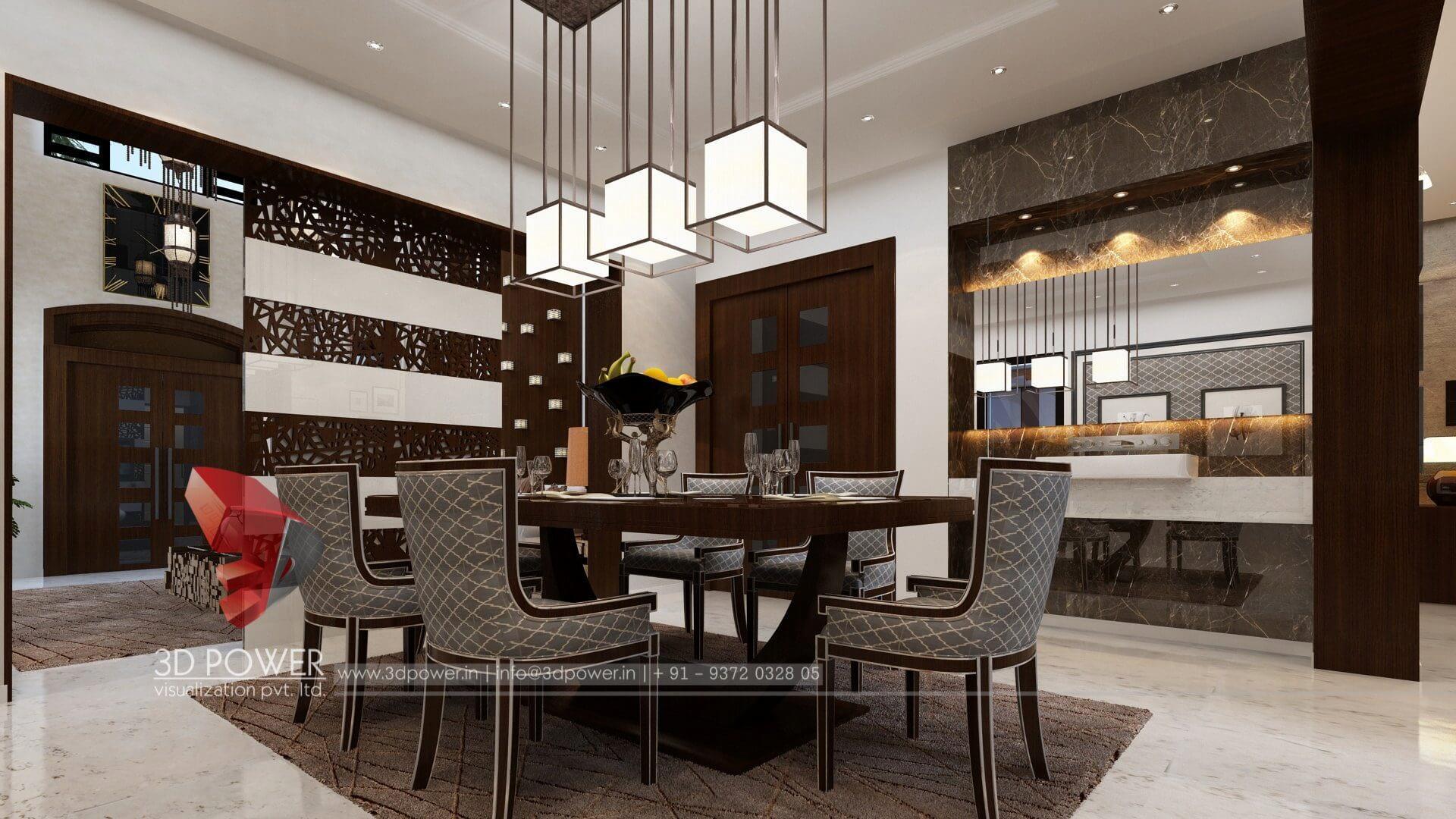What is Real Time Rendering?
5 Mins Read
February 3rd, 2024
Jump ahead to:What is Real Time Rendering?
Rendering refers to the process of creating an image from a description of a scene or model. This may be the work of just a few milliseconds or many hours. When a program can render a given scene in less than 33 milliseconds (updating the image more than 30 times a second) it is generally considered to be rendering done in ‘real time’.
Real-time rendering is an animation that is rendered instantaneously and can be generated in less than a second. Unlike the static image rendering tools, real-time renderings are measured by frame per second (fps), which normally range from 24 fps to 60 fps depending on the user requirements. With this amount of speed, it allows users to not only render the image instantly but to view it as a photorealistic scene in real-time.
See also – 3D Rendering vs 3D Modeling

Image credits: pexels.com
Real-Time Rendering is nothing new – The video game industry has been implementing real-time rendering in games for decades. However, it is only recently that designers and architects have started using the technique of real-time rendering to present their ideas.
From the client’s point of view, static images are not the best way to illustrate the full depth of the architect or interior designer’s vision. They cannot offer the flexibility to see the design from a different angle, but only from a fixed view, which is chosen by the architect. The client is unable to see the whole of the design before it gets built, and thus the actual buildings may be different from the client’s expectation, resulting in them not being completely satisfied with the final outcome.
Real-time rendering allows the client to enter the model scene and walk through the design in any view or angle of their choice. The light intensity and color, materials, and the difference of shadow at different times of the day can all be shown in real-time.
See also – Best Home Design Games



Image credits: interiordesign.net
The design process is a continuous loop of feedback between the architect and the client. Due to the limitations of the static rendering image, this process can be slow, requiring a lot of back and forth. Real-time rendering makes this process easier by generating the images in less than a second. Real-time rendering is an important stepping stone in making the design process better, by providing major control to the client during the presentation and breaking the continuous chain of just trial and feedback without satisfaction and running out of resources, time and money.
Real-time rendering can provide the designer with the kind of audio-visual feedback that is unlike anything we’ve seen before. The feedback goes from being a preconceived judgment of a static object to an unpredictable emotional and physiological response to something that assaults the senses with information regarding light, space, material, and procession simultaneously. Real-time rendering has the potential to add layers of depth and output that will have designers reacting and making design decisions based on an almost 1:1 analogous experience.
See also – Best 3D Rendering Software



Image credits: clipzui.com
With Real-time 3D rendering now becoming a commonplace in TV shows and feature films, clients expect the same level of quality in their architectural presentations. Advances in rendering technology have not only made real-time renderings possible but also have cut short the time taken by this process to more than half.
Simply taking each part of your workflow that uses traditional rendering and replacing it with real-time rendering will save time. That alone is attracting many designers toward real-time rendering. Real-time rendering provides additional benefits such as the ability to iterate and collaborate more effectively, leading to greater freedom of creativity.
For companies and professionals looking to gain a competitive advantage, real-time rendering can make all the difference. Companies that specialize in high-end architectural presentations such as short films and interactive experiences can use real-time visualization to enhance the design process and create captivating visual stories to bolster their clients’ brands. This has become an integral and effective part of their workflow.
However, there are certain aspects that need to be kept in mind while opting for real-time 3D rendering. While real-time 3D rendering has unimaginable potential, it usually requires a significant amount of resources to be devoted to it for it to be optimally effective. Also, architects might often have no idea how to implement this type of experience, because, as mentioned before, the majority of the control gets handed over to the client, and in an industry where control is often your ally, relinquishing that control to someone who might not understand the design on a fundamental or even surface level can backfire severely.
See also – Alternative Rendering Software



Image credits: roundhouseco.com
MagikTour by Foyr is an interactive 3D visualization software that creates real-time renders of images the client wants to observe. It offers an immersive 360-degree walkthrough of the space and allows the customer to provide comments and suggestions in real-time. The 3D output is hosted on the cloud and delivered with a simple link that the client can access to give feedback in real-time. Using a tool like MagikTour can help simplify the building and design process for both the professional as well as the client as the former can showcase their vision more effectively and the latter can get a more realistic understanding of the proposed design for space.
See also – Best Computer for 3D Rendering
Disclaimer: The information contained on this website is for general information purposes only. All logos/softwares/company names are registered trademarks of the respective companies and Foyr has no associations, connections or affiliations with any of the softwares or companies mentioned on this website. All views written here are personal views of the independent writer. If you notice any infringement or copyright violations please write to us at legal@foyr.com
Using Foyr Neo is as easy as 1, 2, 3. First, upload a floor plan or create one from scratch. Then drag and drop from over 60K 3D models to fill your rooms. Lastly, just set the shot and let the AI create stunning 4K renders for you in less than 10 minutes.
Start your 14-day free trial

No Credit Card Or Download Required


Specially built for Interior Designers



